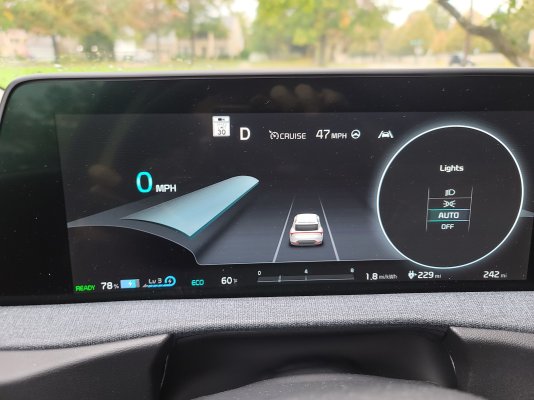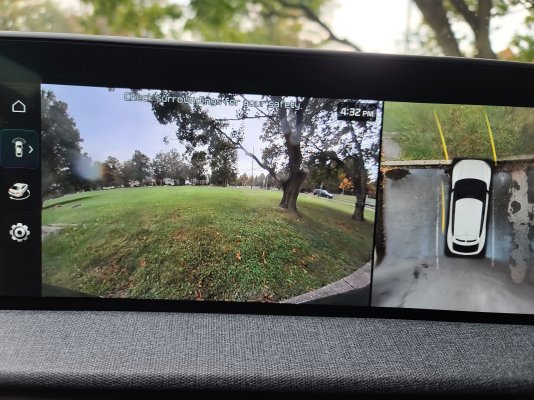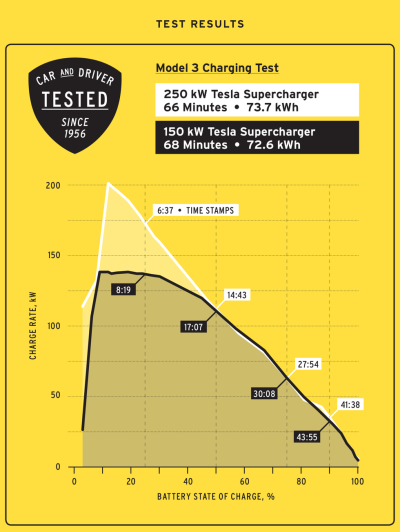stephenson
Thinks s/he gets paid by the post
- Joined
- Jul 3, 2009
- Messages
- 1,612
Had to try out our new Subaru Ascent a couple of years ago ... Texas on a trip, did a pass on a very nice road (not interstate) - empty - came back, easy 105 ... was still accelerating like crazy! That used to be Land Flap touchdown speed ... so, not needed!
Now, when a young (college) and stupid man - OK, most woman would think .... oh never mind ... we could morph this into the "dumbest things ..." the three cylinder, water-cooled Suzuki, interstate, alcohol potentially involved, no shoes, shorts, HELMET (required) ...
https://en.wikipedia.org/wiki/Suzuki_GT750
Now, when a young (college) and stupid man - OK, most woman would think .... oh never mind ... we could morph this into the "dumbest things ..." the three cylinder, water-cooled Suzuki, interstate, alcohol potentially involved, no shoes, shorts, HELMET (required) ...
https://en.wikipedia.org/wiki/Suzuki_GT750




